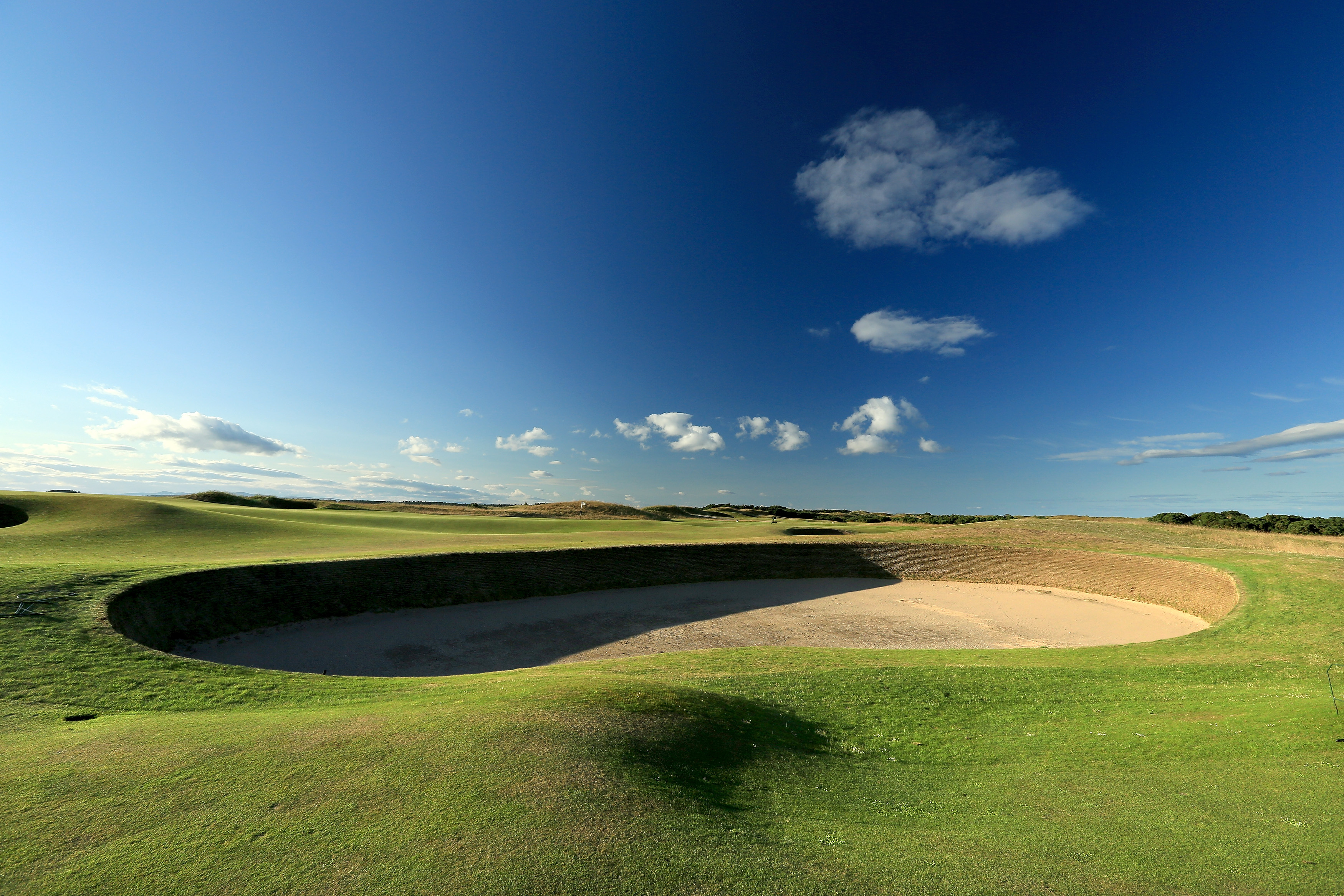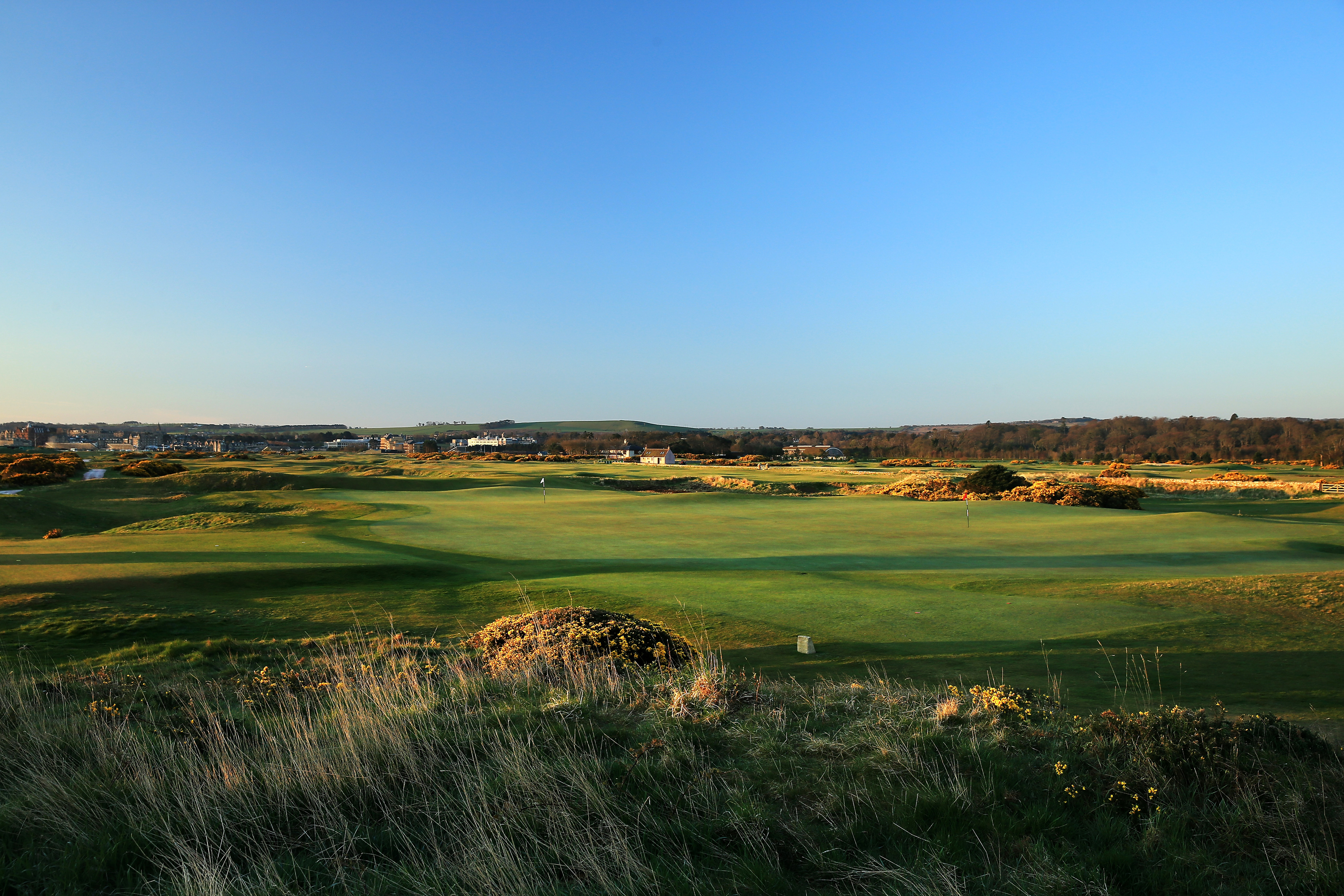5 Disasters To Avoid On The Old Course
Here we pick out five potential pitfalls around St Andrews’ iconic Old Course that the players will be looking to avoid in The Open Championship this week.


The Old Course at St Andrews is famously full of complexity and subtlety. It’s a strategic test where finding the right placement from the tee is crucial to open up pins and create birdie chances. As Jack Nicklaus, twice a winner at St Andrews, was talking about in his press conference yesterday; to successfully negotiate the Old, you must play by the bunkers – Know where they are and avoid them at all costs. The bunkers of St Andrews will be a key defence this week, but there are other possible stumbling blocks out there. Here we consider 5 disasters to avoid on the Old Course.
The Swilcan Burn
The very first shot on The Old Course should be about the most straightforward on the layout. But the pressure of teeing off at the historic venue, and in this historic 150th Open will be significant, even for the most experienced competitors. Adrenaline will be running high and that can often mean hitting further than expected. The players should be selecting a club that would keep them short of the Swilcan Burn at its closest point on the left side. But with firm running fairways and that boost of “the moment” we could see some overcook it and run into the water. The burn can also be a threat for the second, particularly if the pin is near the front of the green – Players trying to get it in close, might misjudge and come up short in the H2O. Then they’ll face a delicate chip from a tight lie, over the burn to a tight pin… A possible disaster looming.
Video: Things you didn't know about st andrews
Running into bunkers

Shell Bunker
A good deal has been made about how the modern player might overpower the Old Course, but there are places out there when the long ball runs into trouble. On the 4th, the safe line from the tee is to the left, as it generally is around The Old. Playing out over the rough-covered mounds, there’s a generous portion of fairway shared with the 15th. But hit too far on that line and the ball will continue running into the gaping “Cottage” bunker. Often that will mean a shot out sideways is the only option. On the 7th, a seemingly perfect drive can run out into Shell bunker if a little too strong. Up the face of that one is not a place to be. The 15th is another where bunkers could catch the super-long drive that rolls out.
Playing Too Cautiously

Leaving a long approach can lead to three-putts
Although playing away from trouble is key to success at St Andrews, generally staying left is the safe bet, playing too cautiously can be damaging to the score. Playing out way left generally leaves a tough angle into the flags, making it hard to get anywhere near the pins. Given the scale of the shared greens out on course, that can mean some monstrous approach putts. If a player is struggling with the pace, they could find it difficult to keep on getting down in two… Shots start to be frittered away quickly with three-putts and before you know it, the score is gone. Then players start to try and chase and all sorts of other misfortunes are possible.
OB Right
One of those possible misfortunes on the run for home is the sudden threat of out of bounds to the right side. It’s most obvious on the 14th and 16th holes. On the par-5 14th, the players this week will be hitting over the out of bounds to reach the fairway. Although the hitting area is generous, playing reasonably tight to the OB line gives a good line in and the rough on the left has been grown up. Anything drifting too far right is gone. It’s a similar scenario on the 16th where the tiger line is down a narrow strip between the Principal’s Nose bunker and the OB line. There’s bail out left but into the rough, the temptation is to thread the needle and hug the right side but push it too far and it’s a goner, much like on...
The Road Hole

The Road Hole
The tee shot is key on the Road Hole 17th and the best players can aim pretty far right and basically hug the line of the hotel to find the right side of the fairway and open up the pin. But too far right and they’ll end up looking for their ball in the back garden of the Jigger Inn. If they play too cautiously into the left rough, options are limited to playing either short right or to the left of the infamous Road Hole bunker. Try to get too near the pin, find the sand and all sorts of scores are possible, see Tommy Nakajima and David Duval. Too aggressive an approach can go through and onto or over the road where more potential disaster awaits.
Subscribe to the Golf Monthly newsletter to stay up to date with all the latest tour news, equipment news, reviews, head-to-heads and buyer’s guides from our team of experienced experts.

Fergus is Golf Monthly's resident expert on the history of the game and has written extensively on that subject. He has also worked with Golf Monthly to produce a podcast series. Called 18 Majors: The Golf History Show it offers new and in-depth perspectives on some of the most important moments in golf's long history. You can find all the details about it here.
He is a golf obsessive and 1-handicapper. Growing up in the North East of Scotland, golf runs through his veins and his passion for the sport was bolstered during his time at St Andrews university studying history. He went on to earn a post graduate diploma from the London School of Journalism. Fergus has worked for Golf Monthly since 2004 and has written two books on the game; "Great Golf Debates" together with Jezz Ellwood of Golf Monthly and the history section of "The Ultimate Golf Book" together with Neil Tappin , also of Golf Monthly.
Fergus once shanked a ball from just over Granny Clark's Wynd on the 18th of the Old Course that struck the St Andrews Golf Club and rebounded into the Valley of Sin, from where he saved par. Who says there's no golfing god?